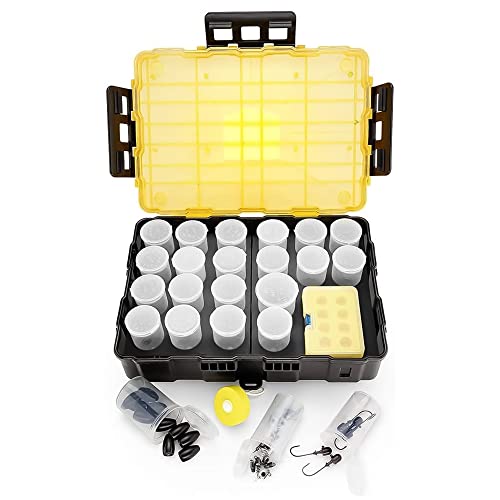Well, to be accurate... there IS force exerted on the transom, even if the motor doesn't move around. It exerts a static force in general, and a sudden, kinetic force every time you hit a bump, which is multiplied even more if the motor is bouncing.
Static force is a product of gravity and is always there. If you have ever tried lifting a motor by the engine bracket, it will instantly flip over without support. Or look at a wooden motor stand that someone didn't build strong enough, and you will see that the motor wants to twist the mounting board tight off the stand.
Kinetic force, the force caused by motion, is much more powerful and destructive. A baseball held in your hand won't hurt, but throw that same baseball, and it dan do a lot of damage. Same thing with a hammer or a bullet. Speed plus mass.
On your boat transom, the static force of your motor constantly pulls your transom down and back, due to gravity. This is multiplied GREATLY when you hit a bump, and it multiplies even MORE if the motor can bounce up and down.
How much kinetic force occurs to your transom and what direction that force goes depends much on where the balance point is. If the motor is fully down, then the pressure will be down and back when you hit a bump, wanting to twist your transom off. But if the motor is up, close to the balance point, almost 100% of the force will be vertical when you hit a bump, the strongest direction for your transom.
This is simple physics. The softness of your tires and shocks are other factors that can mitigate the forces on your transom.
ALL THIS BEING SAID, as stated above, if a particular transom is designed to handle the weight of a particular motor, and is in good condition, there shouldn't be a problem, especially if you can trailer the motor tilted up, as close to the balance point as possible. The heavier the motor, the more these things matter.
This is not much of an issue if you have a 5 HP motor, but a much bigger issue if your tinny has a 90 HP 4-stroke.





















































